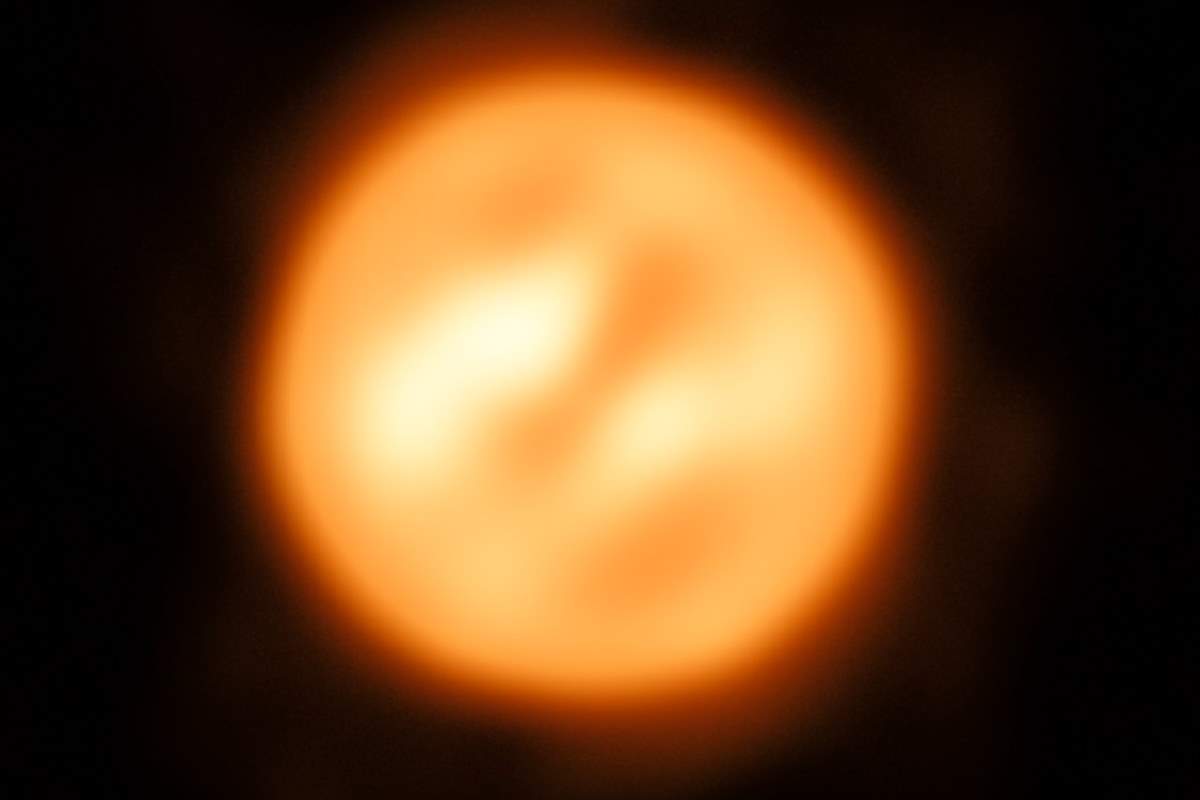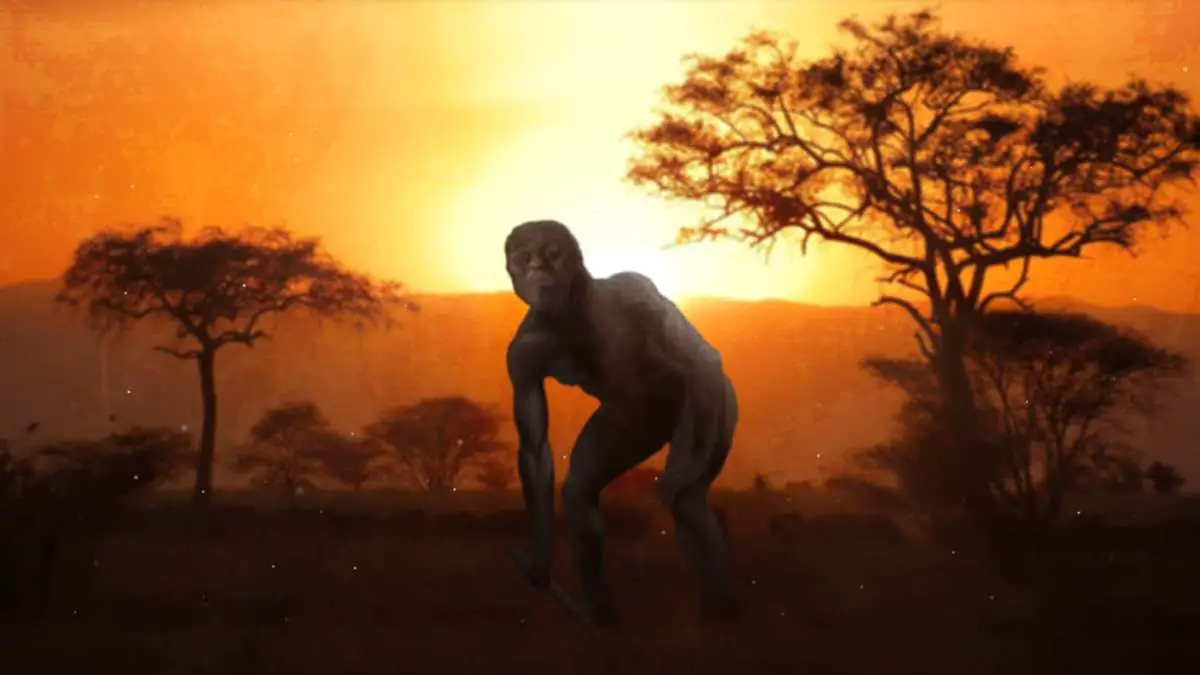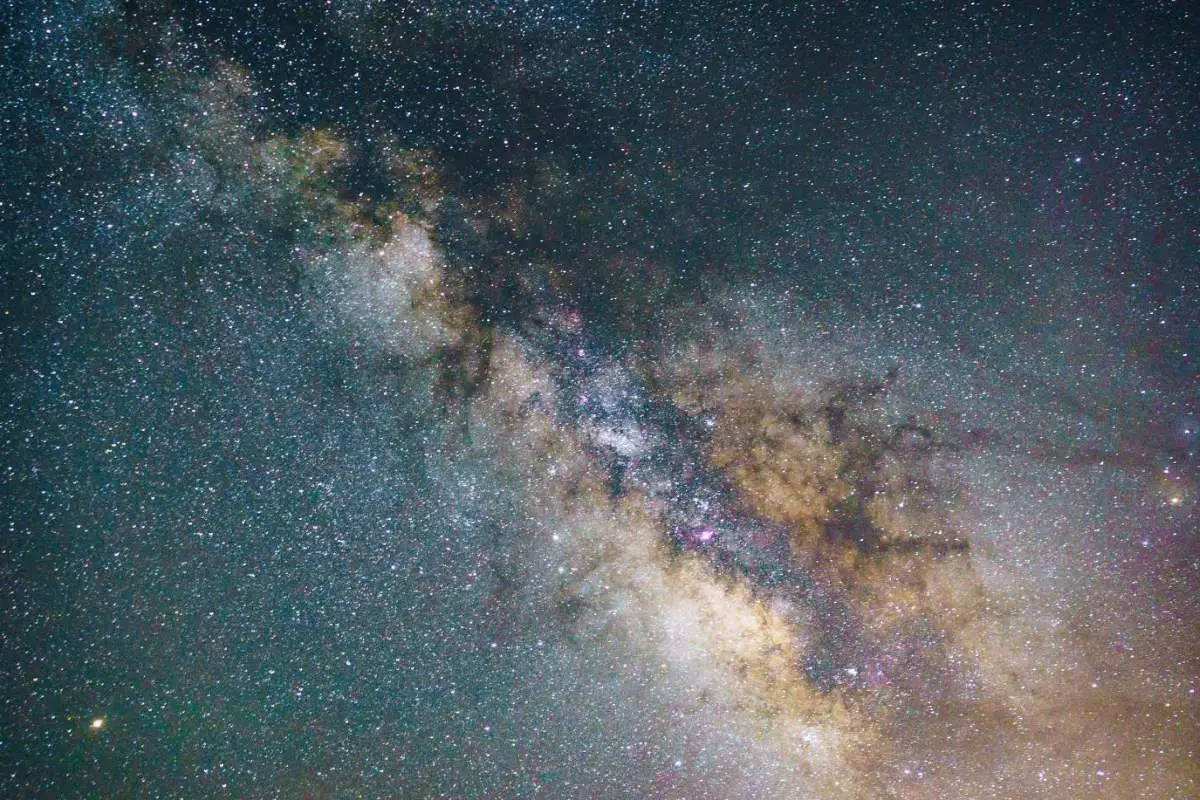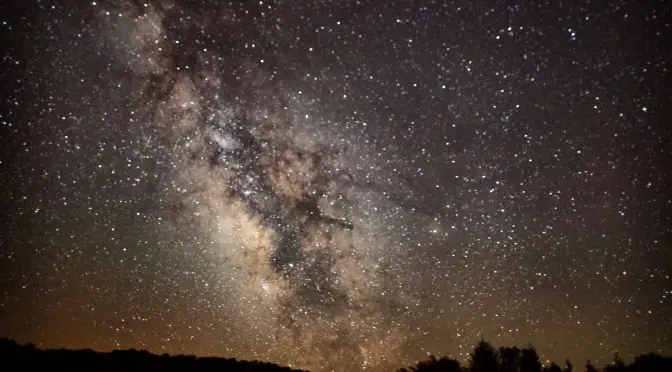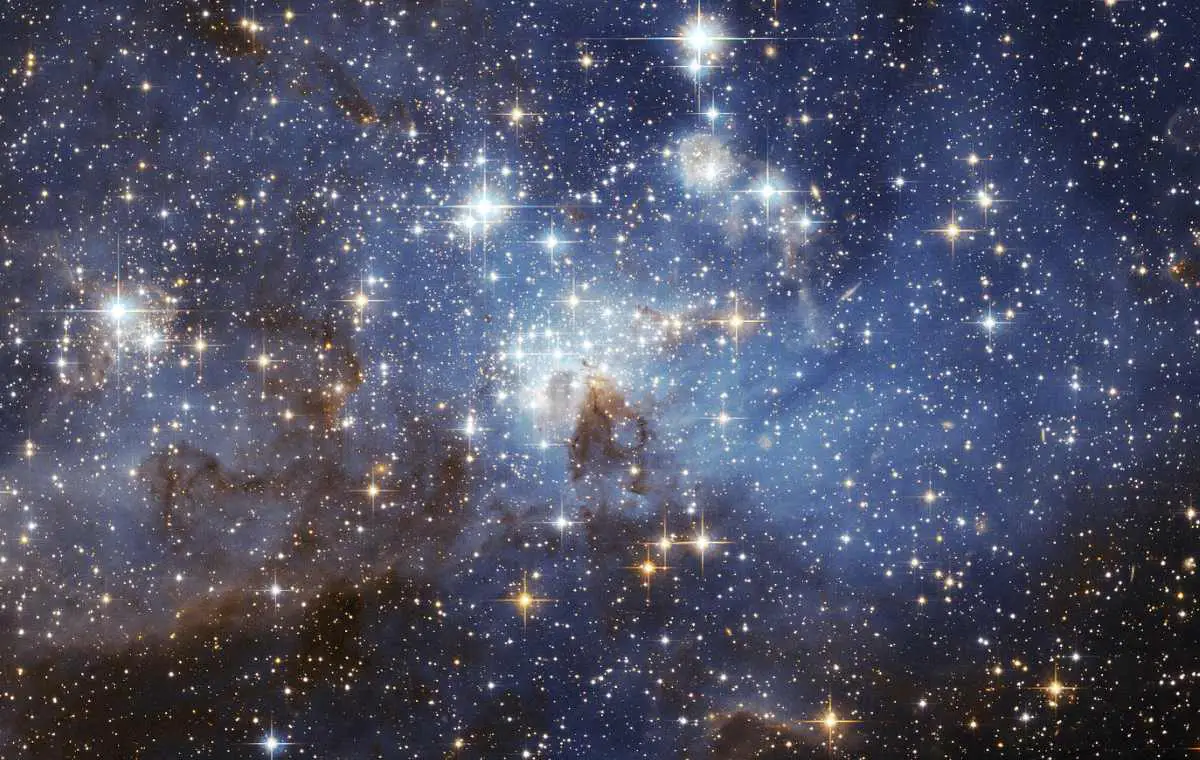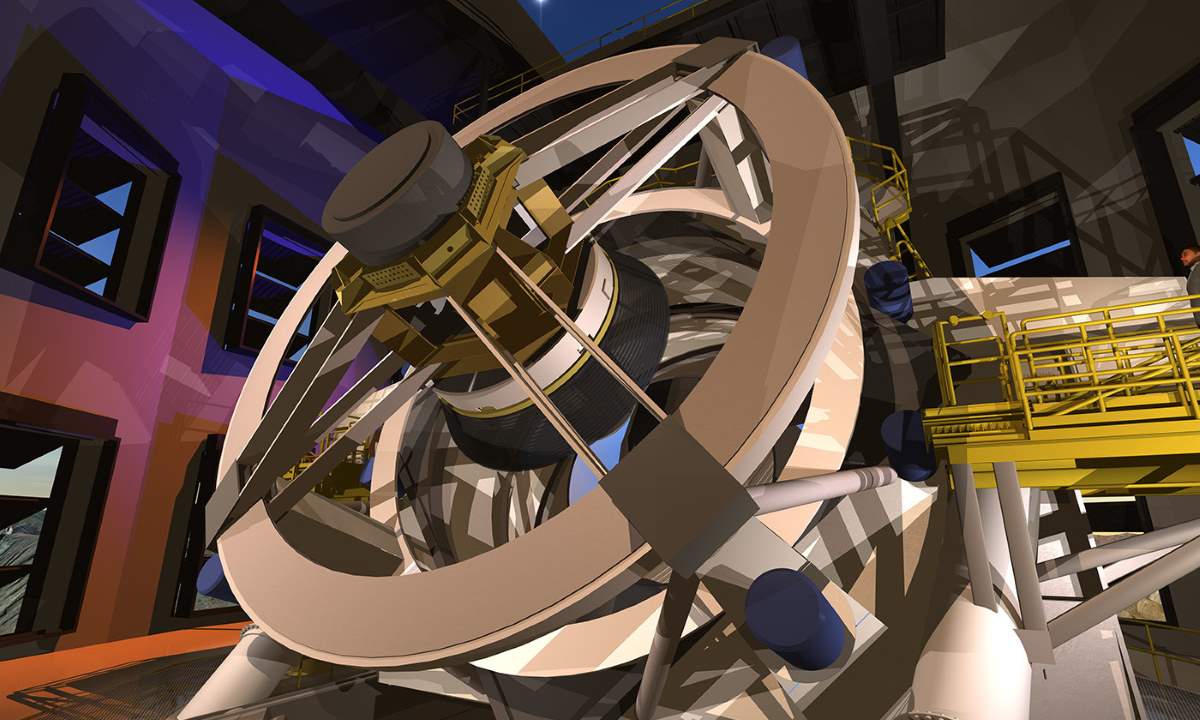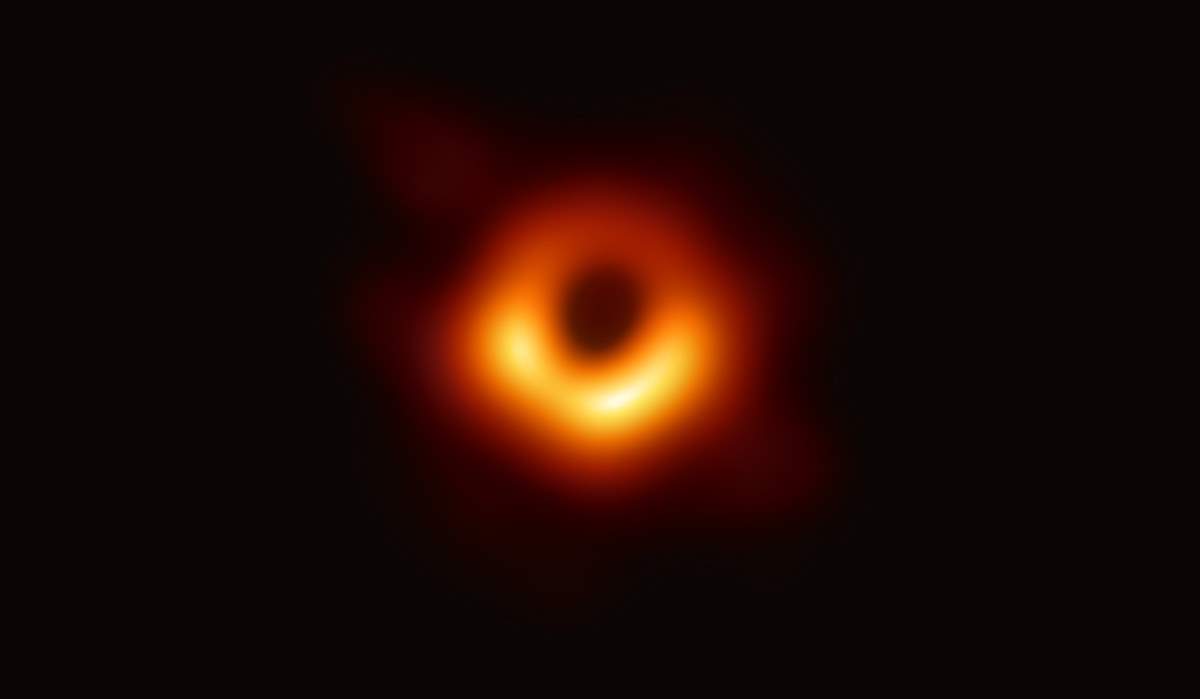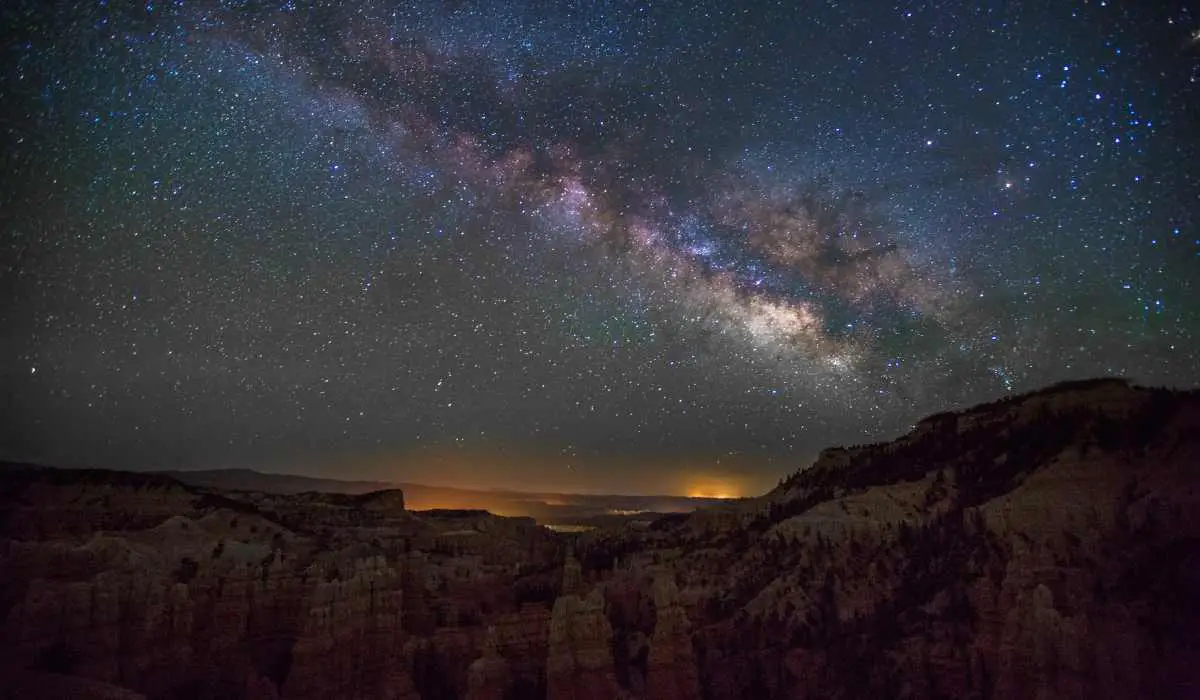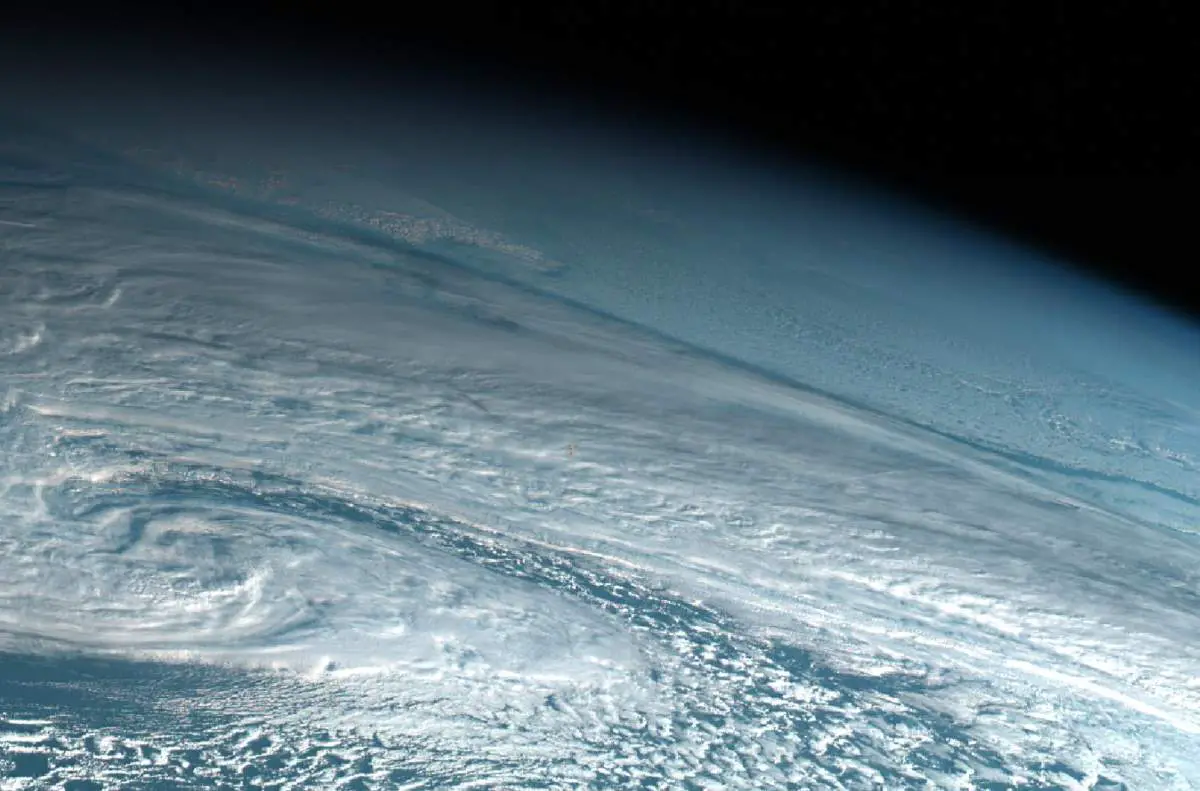For most of human history, the distant ‘celestial sphere’ was regarded as perfect and unchanging. Stars remained in place, planets moved predictably, and the few rogue comets were viewed as atmospheric phenomena. This began to change with the Danish astronomer Tycho Brahe’s observation of the supernova of 1572 – apparently, a new star – and his studies of the Great Comet of 1577, which he proved was actually a distant object. Nonetheless, the impression of permanence is strong. There are very few astronomical objects that noticeably vary to the naked eye: only the brightest comets, novae, and supernovae. For observers in the northern hemisphere, the last naked-eye supernova was in 1604.
